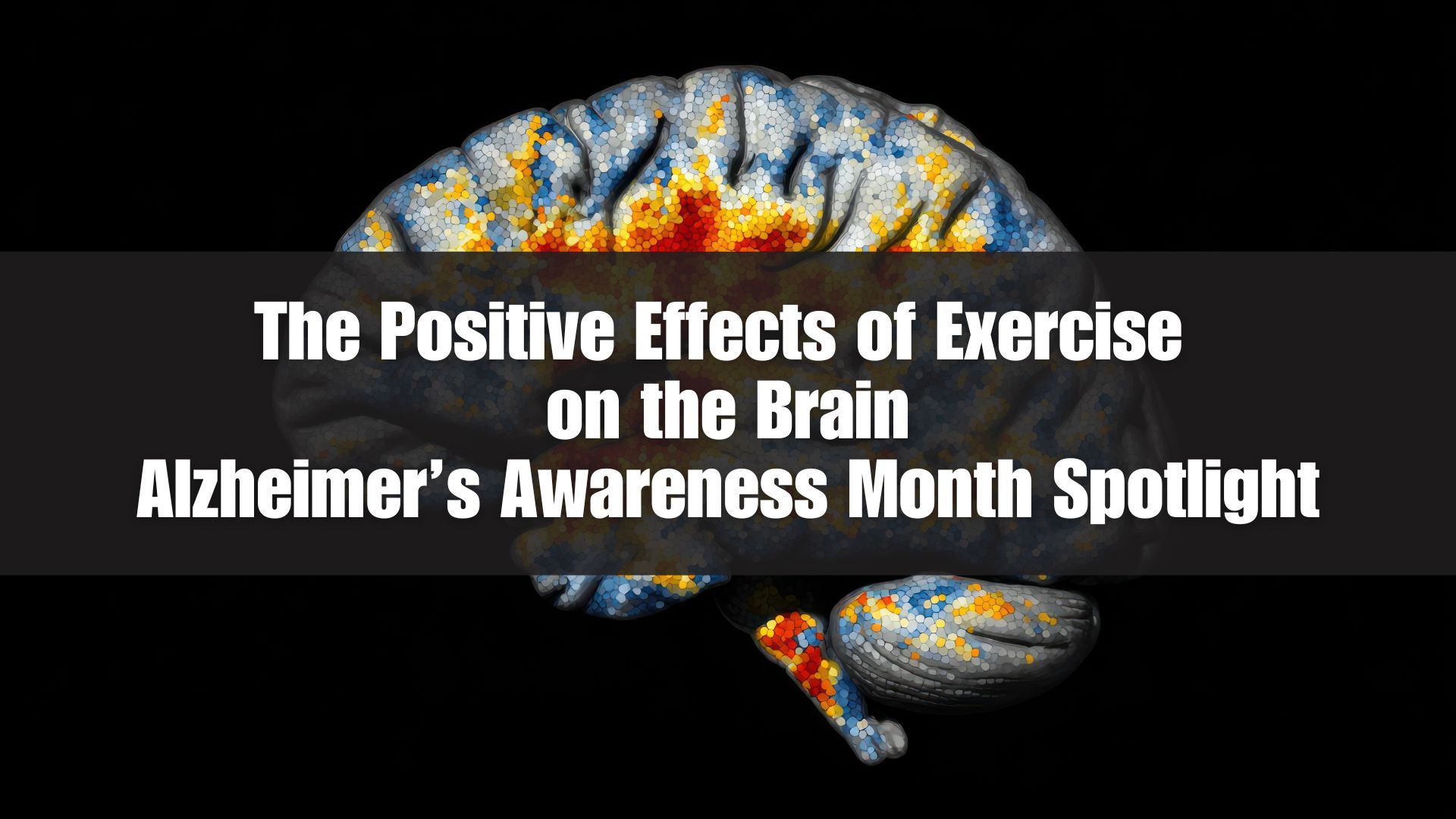Enhancing Stability and Coordination: A Holistic Approach to Balance Improvement
Balance is a fundamental aspect of our daily lives, influencing everything from basic movements to complex activities. Whether you're an athlete striving for peak performance, someone recovering from an injury, or simply looking to maintain a healthy lifestyle, improving your balance can have far-reaching benefits. In this blog post, we'll explore three key elements that contribute to better balance: Vestibular Ocular Reflex (VOR) drills, sensory integration, and joint proprioception drills.
Vestibular Ocular Reflex (VOR) Drills
The vestibular ocular reflex (VOR) plays a crucial role in stabilizing vision during head movements, helping us maintain a clear line of sight even when our body is in motion. Incorporating specific exercises to enhance the VOR can significantly contribute to improved balance and coordination.
Exercise 1: VOR
-
Find a focal point and move your head side to side (shaking your head no), up and down (nodding your head yes) or following a diagonal pattern while keeping your eyes fixed on the target. This should be done while keeping the rest of your body completely still; do not let your shoulders or trunk twist with your head turns.
-
Gradually increase the speed and range of motion to challenge your vestibular system.
-
Pay attention to if moving your head in a certain direction causes dizziness or nausea. This can be indicative of vestibular dysfunction and may need to be checked out by a physical therapist or other medical professional.
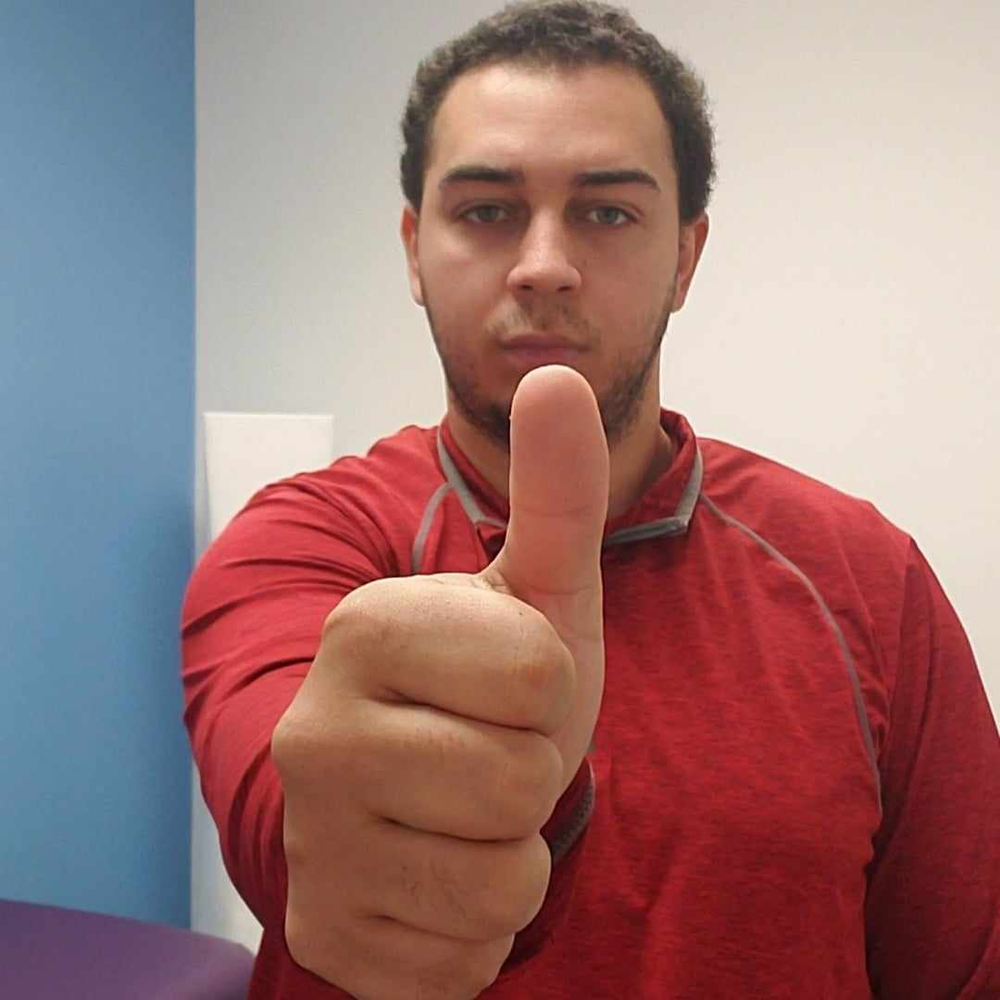
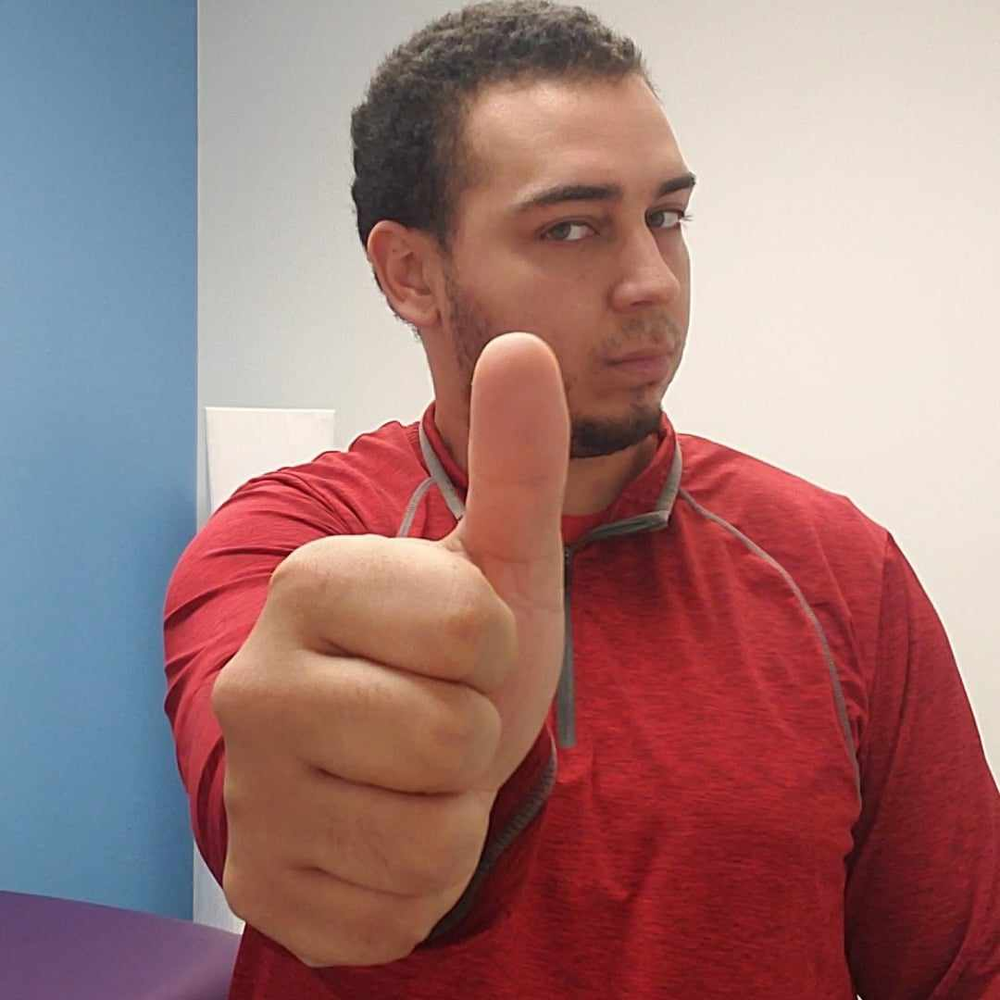
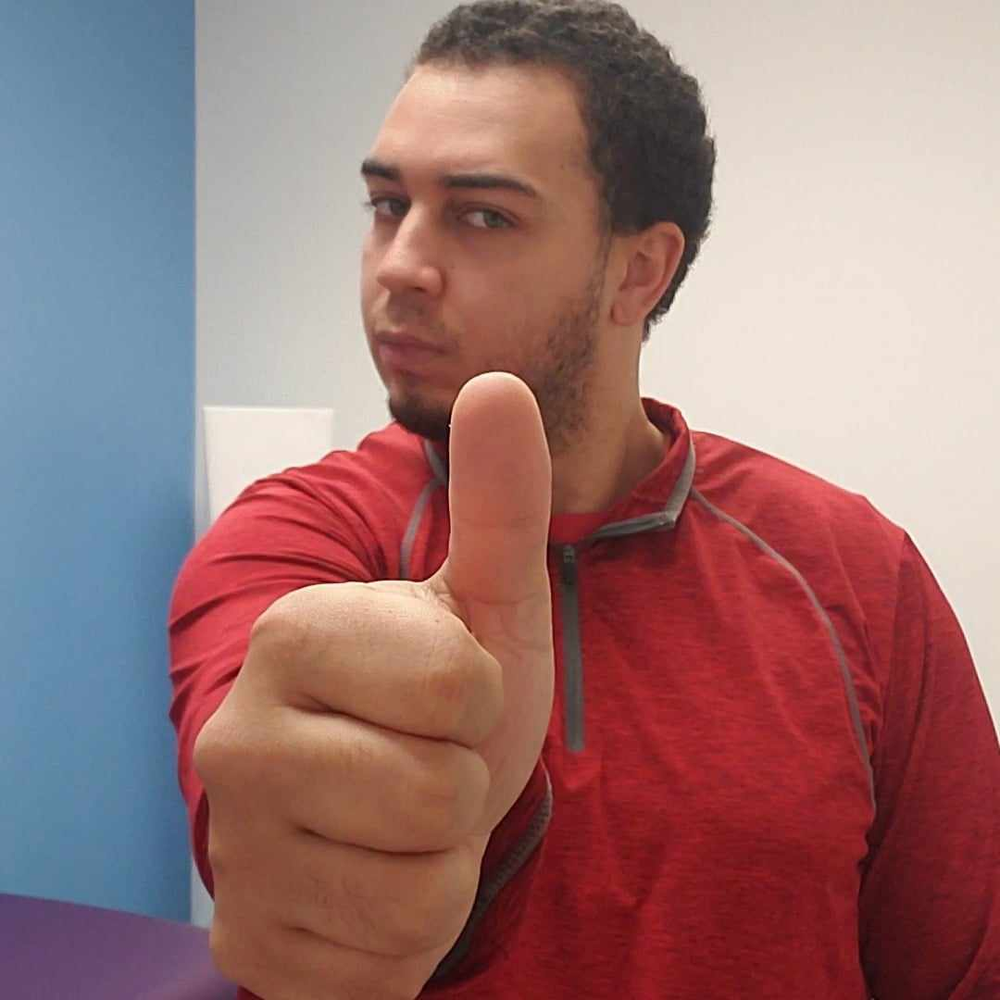
Exercise 2: VOR-C
-
Using your thumb as the focal point, move your thumb either side to side, up and down or along a diagonal path. Maintain visual focus on your thumb while allowing your head, neck, shoulders and trunk to rotate with your thumb.
-
Gradually increase the speed and range of motion to challenge your vestibular system.
-
Pay attention to if moving your head in a certain direction causes dizziness or nausea. This can be indicative of vestibular dysfunction and may need to be checked out by a physical therapist or other medical professional.
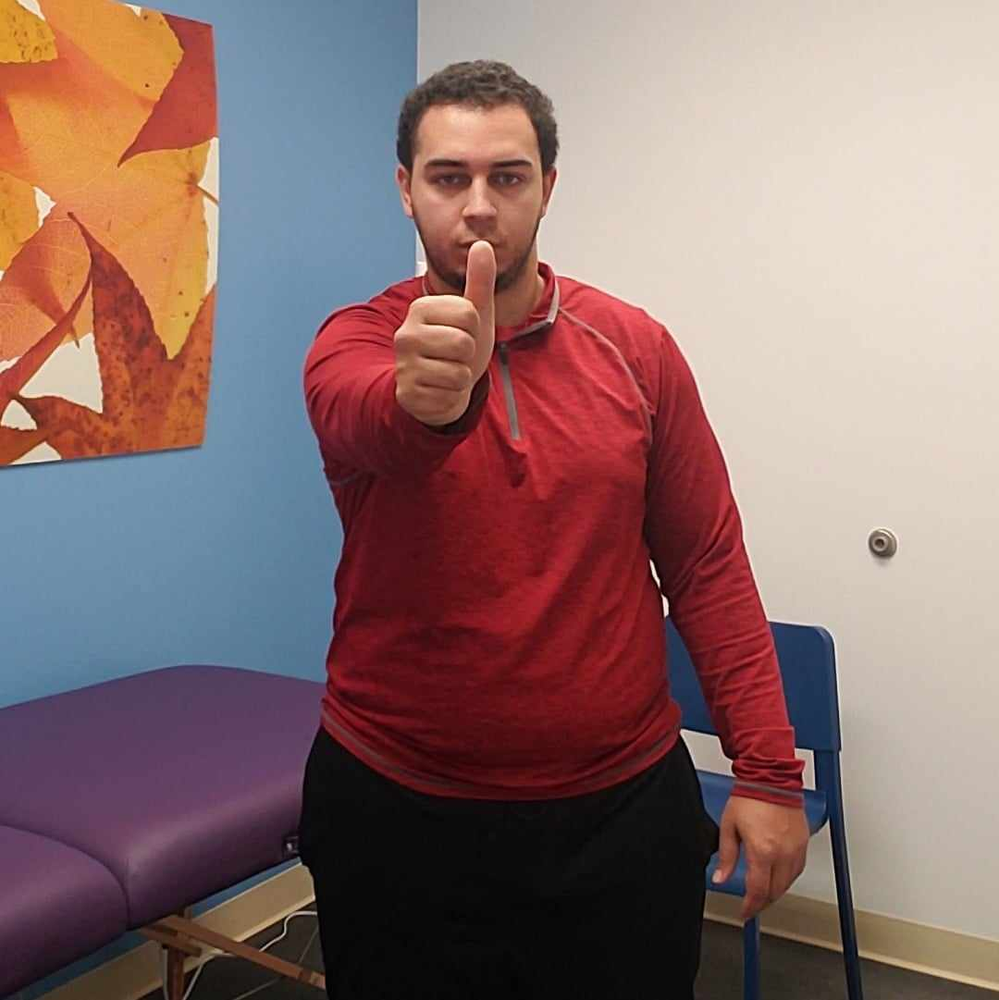
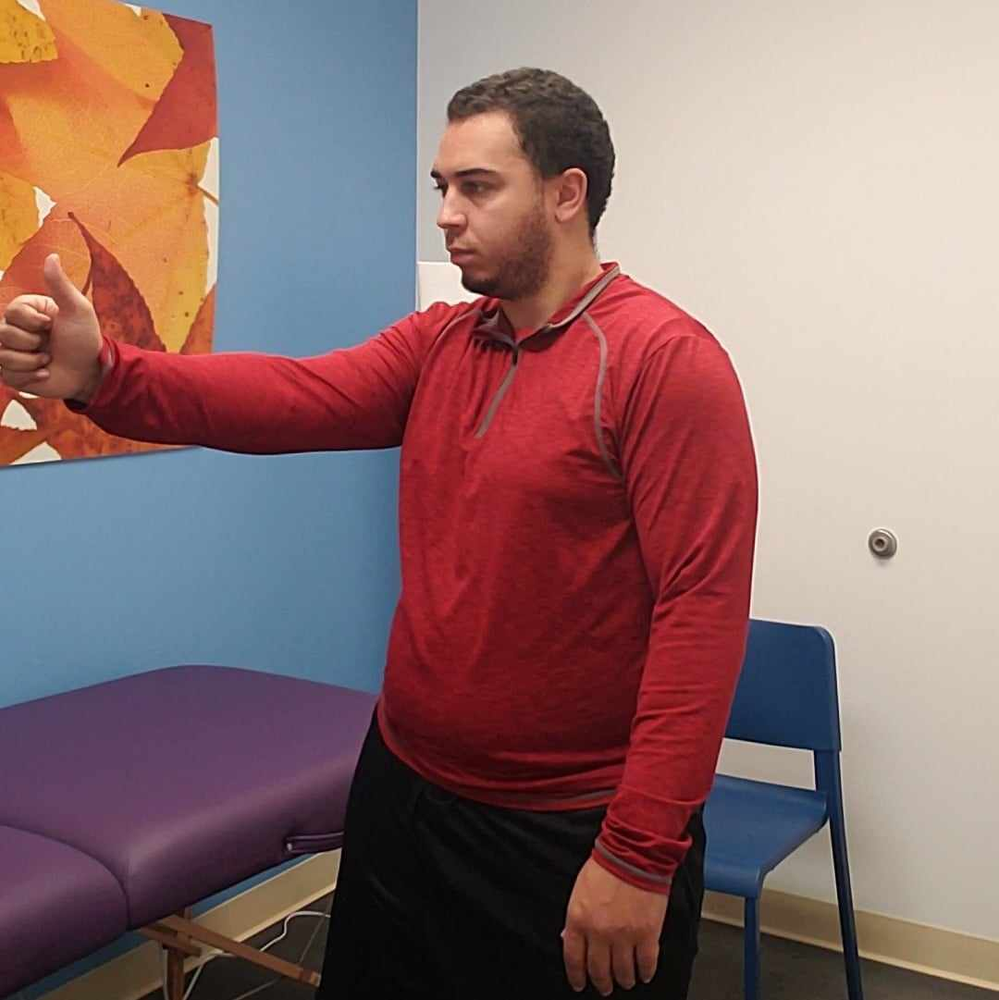
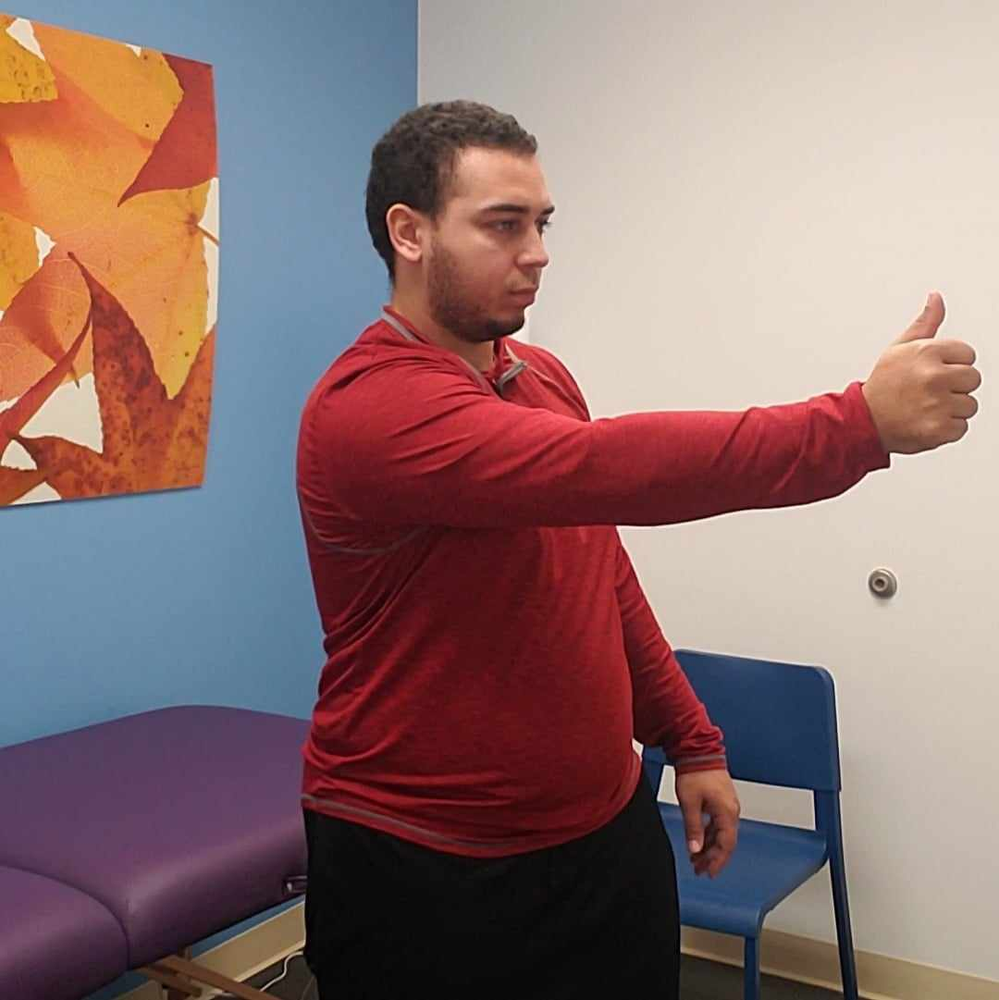
Sensory Integration
The sensory receptors throughout your entire body play a vital role in providing feedback to the brain about our body's position in space. The sensory receptors on the bottoms of your feet and around your ankles are very important for balance as they provide information to your brain about the type of walking surface you are on and if you need to make any adjustments to stability or how you are walking to prevent a fall. Improving sensory integration in these areas can enhance overall balance and stability.
Exercise 3: Barefoot Balance Activities
-
Spend some time walking barefoot on different surfaces, such as grass, sand, or textured mats.
-
Engaging with varied textures stimulates the sensory receptors on your feet and ankles, improving proprioception.
-
It is important to note that if you have a diagnosis that affects your body’s ability to receive sensory information (such as peripheral neuropathy caused by diabetes) you need to be very diligent about doing frequent skin checks on the bottom of your feet, or other areas you do not see consistently, to ensure there are no wounds you are unaware of.
Joint Proprioception Drills
Proprioception is the body's ability to sense the position, movement, and force applied to its parts. Focusing on joint proprioception drills can help fine-tune your body's awareness and control, ultimately improving coordination and balance.
Exercise 5: Joint by joint mobility
-
Beginning at your ankles, take 10 seconds to explore the full range of motion of each joint; taking time to move through your ankles, knees, hips, low back, mid-back, neck, shoulders, elbows and wrists.
-
Example: Feet even and hip width apart, one ankle at a time, allow your ankle to tilt in and out in a slow and controlled fashion to explore its full range of motion.
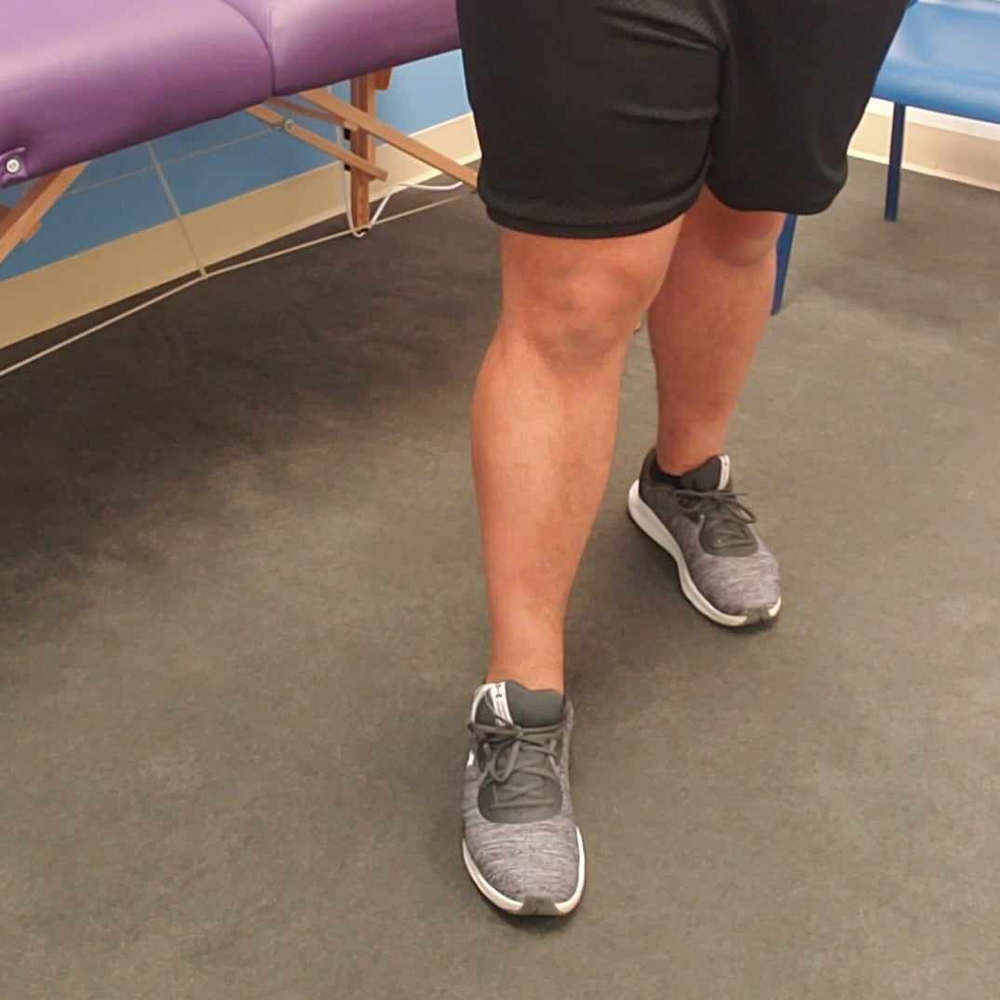
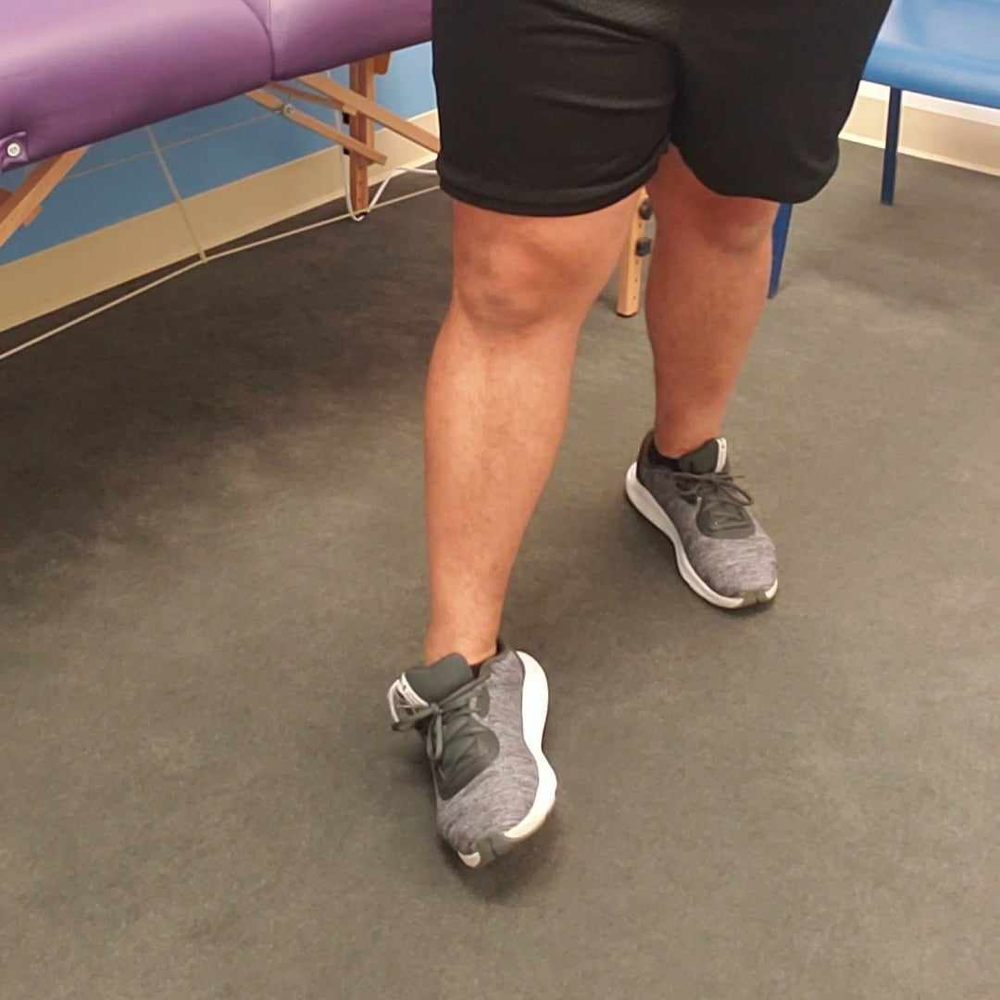
Achieving better balance is a holistic process that involves training various systems within our body. By incorporating VOR drills, sensory integration, especially around the feet and ankles, and joint proprioception exercises into your routine, you can enhance your overall stability and coordination. Remember to start gradually, listen to your body, and consult with a healthcare professional or fitness expert if you have any concerns or pre-existing conditions. As you progress, you'll likely notice improvements not only in your physical balance but also in your overall confidence and well-being.


